Time Periods
Paleolithic
Mesolithic
Neolithic
Chalcolithic
Bronze Age
Iron Age
Classical Period
Post-Classical Period
Early Modern Period
Industrial Period
Contemporary Period
Time Periods
Paleolithic
Mesolithic
Neolithic
Chalcolithic
Bronze Age
Iron Age
Classical Period
Post-Classical Period
Early Modern Period
Industrial Period
Contemporary Period
Location
About
Miran, a former city on the southern edge of the Taklamakan Desert in Xinjiang, China, was once a significant site on the Silk Road. Known for its vibrant Buddhist monastery complex, the site thrived between the 2nd and 5th centuries CE, featuring stupas and murals in a distinct Serindian style. The city, previously part of the ancient kingdom of Kröraina and under Chinese Han control in the 3rd century CE, saw its decline as a trading hub by the 4th century CE. The Tibetan Empire fortified Miran in the 8th century CE, utilizing its strategic location and existing irrigation systems. Eventually, desertification led to its abandonment by the 9th century CE. The archaeological remains, including fortresses and religious structures, highlight Miran's historical and cultural significance.
Gallery
Explore photographs of ancient structures, artifacts, and archaeological excavations at Miran (Xinjiang)
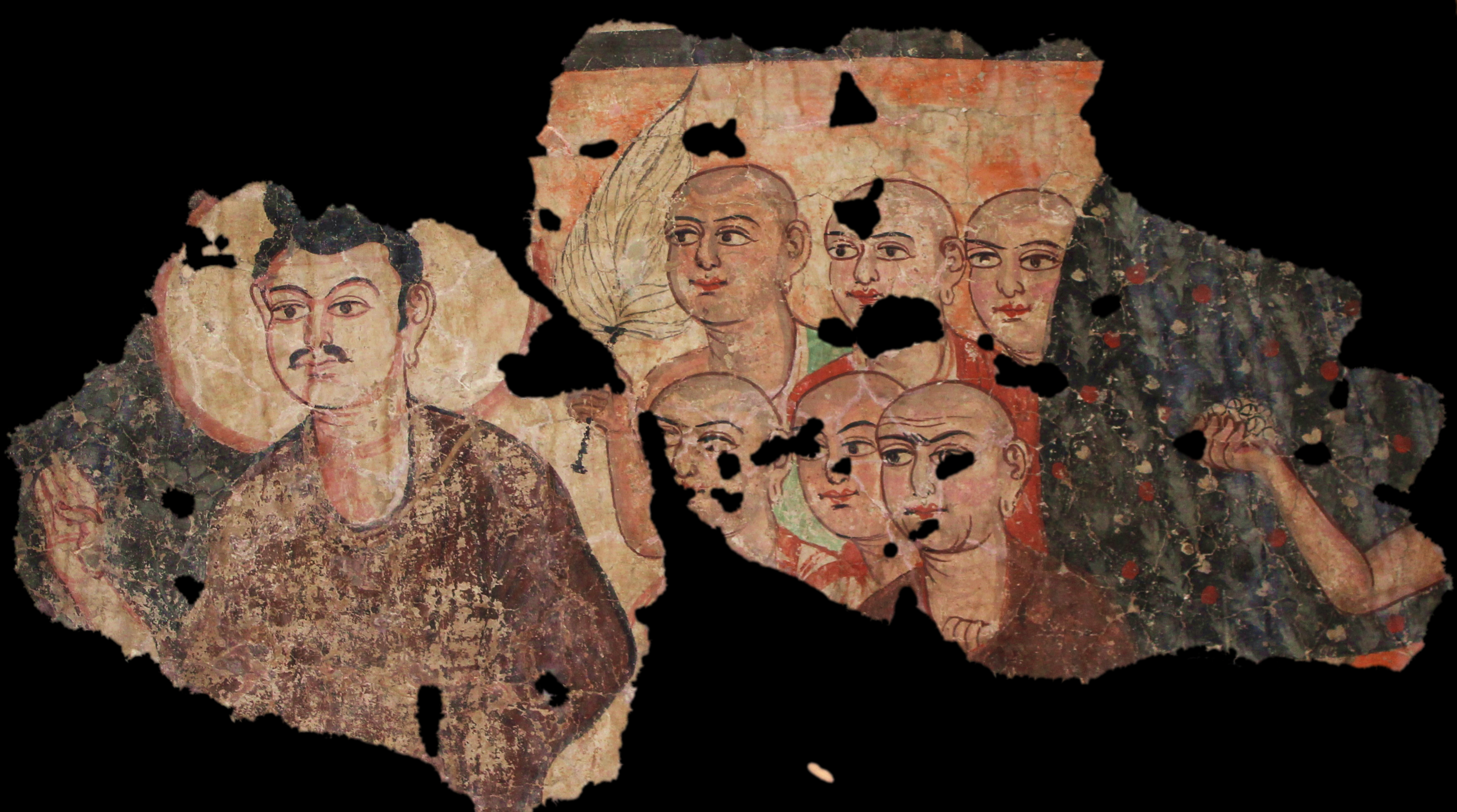


Archaeological Features
Explore the unique architectural and cultural elements found at this historical site
Defensive Structures
Water Management Features
Religious and Ritual Structures
Artistic and Decorative Features
Transportation and Communication Structures
Historical Timeline
Journey through time and discover key events in this site's archaeological history
Plan Your Visit
Details
- Country
- China
- Source
- Wikipedia
More Sites in China
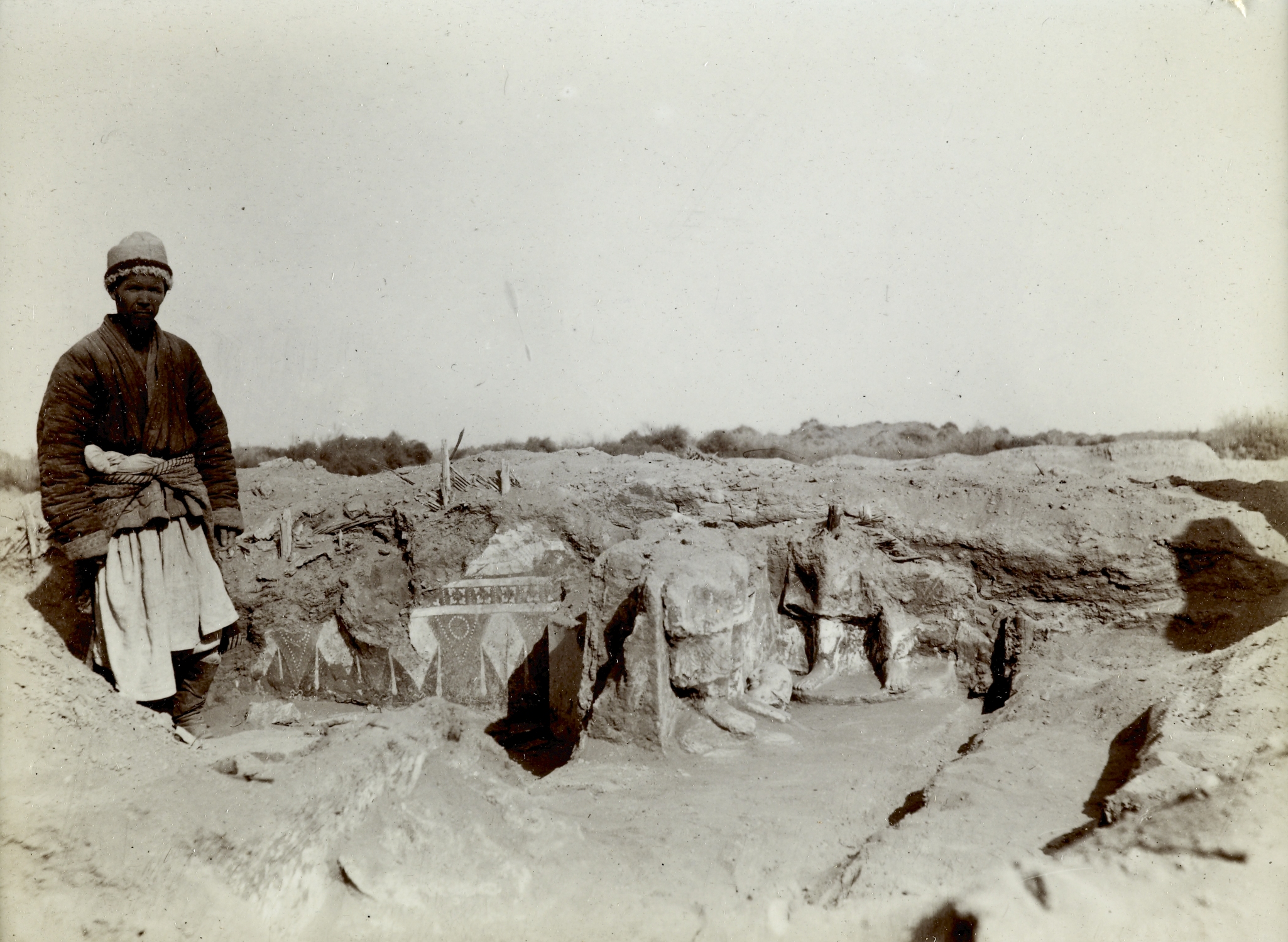
Farhad-beg-yailaki
Buddhist shrine site on Silk Road.
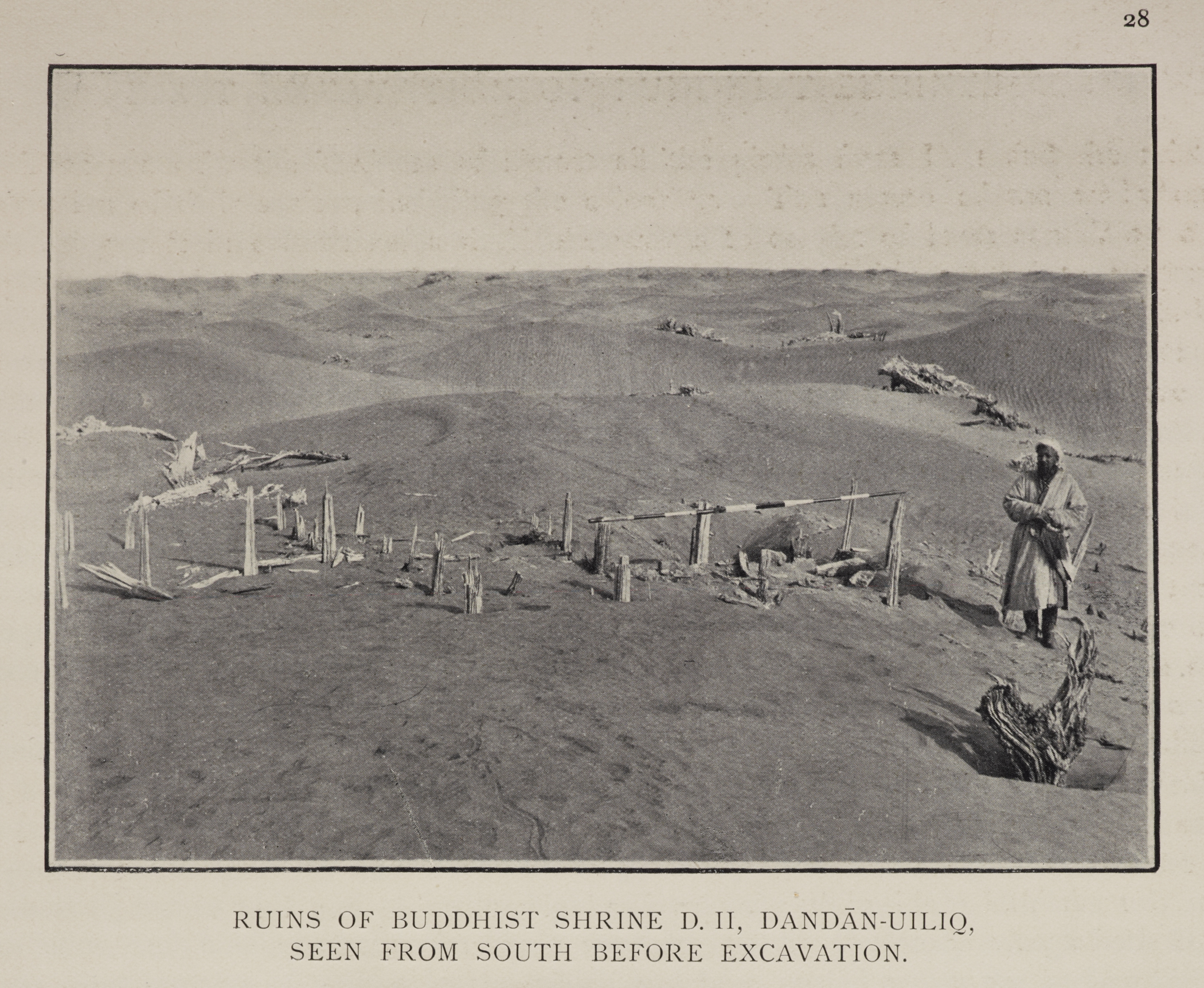
Dandan Oilik
Abandoned oasis town with Buddhist ruins.
Ye (Hebei)
Ancient Chinese city, significant historical capital
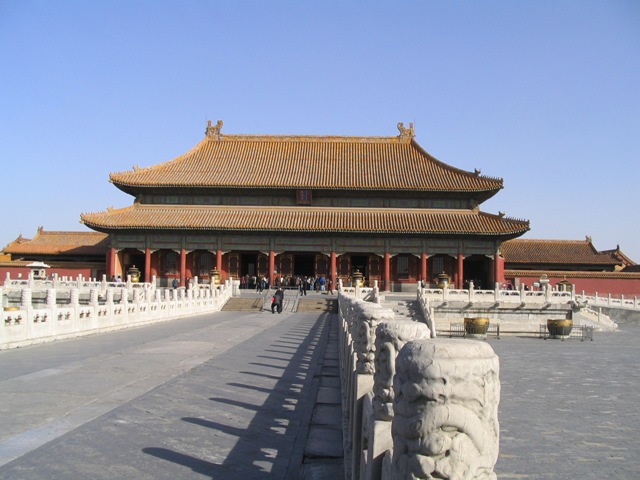
Zhaojun Tomb
Honorary tomb with 33-meter burial mound
Shengle
Ruins of Shengle, ancient capital city
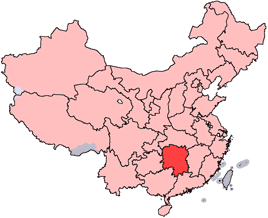
Liye
Ancient town with Qin dynasty relics